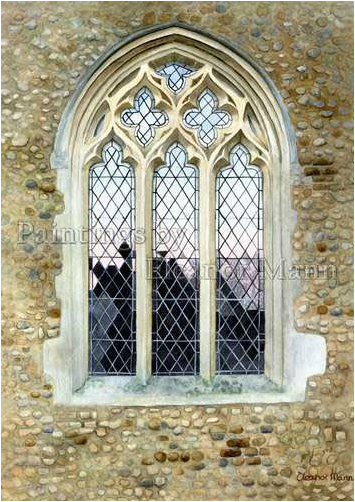"Failure is the path of least persistence"
This was my first experience of using watercolour paint: I was about 18 years old and had bought myself a set of watercolour paints and a pad of watercolour paper. With no instructions to follow I was disappointed with the results and gave up almost immediately! Sound familiar? I have heard many other adults say the same thing.
Many years later I picked up my watercolour paints again determined not to be beaten. Unable to afford classes I borrowed books from the library and began to teach myself.
After some time I identified six main areas that beginners struggle with and set about writing a six week course tackling a different area each week. My aim was to condense what had taken me years to learn. The six areas are as follows: The minimum equipment needed to produce a good wash. Understanding the importance of tone. Colour theory. Technique. Design and Composition. Textural effects that can be achieved using unorthodox methods.
That is not to say that I have successfully accomplished all six areas. I'm still learning, as Michael Angelo said. No, I quickly discovered that once one problem had been overcome I became aware how much further there was to go. I doubt there are any artists that ever feel they have reached the pinnacle of their success, or if they did they would surely stop painting.
To paint successfully in watercolour almost all the hard work has to be done before you actually start painting. Sorry, but it does. This sounds tedious when all you want to do is use the lovely colours, but it is essential that you are prepared otherwise, like me and a million others, you will soon become disheartened and give up. Contrary to what you hear and read some “mistakes” can be corrected but watercolour paintings always look their best when they look effortless, and corrections tend to stand out and make a painting look dull.
With this in mind I begin my students producing a body of work that can be referred back to, making progress much faster. I focus less on painting a particular subject, preferring to focus on teaching techniques. This gives people the ability to paint any subject they wish in any style they wish. I have found this method more useful than demonstrating a landscape, say, to adults who all have their own idea of what subject they would like to paint.
This my story. What's yours?
~ Eleanor
My Artist Statement
About me.

 RSS Feed
RSS Feed